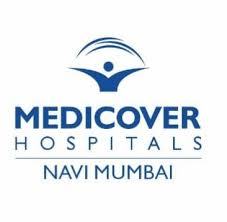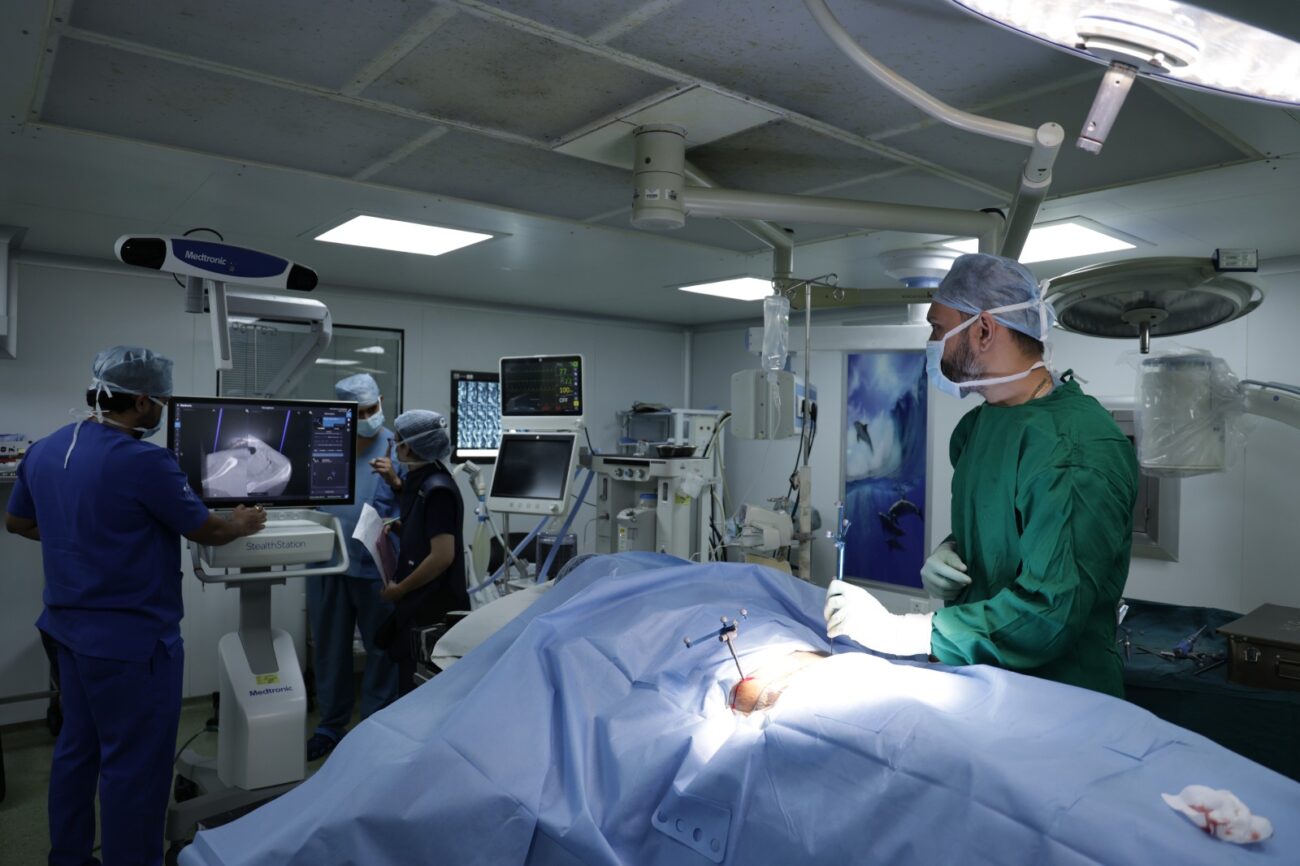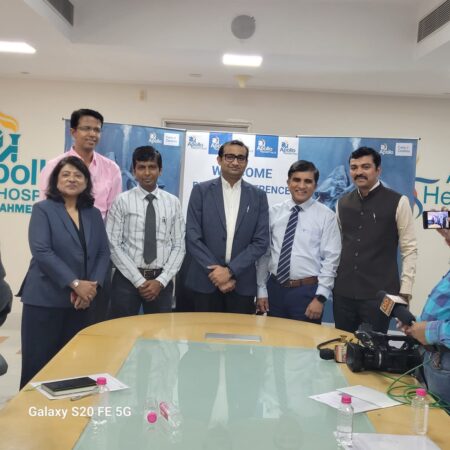How Data Annotation and Labeling Services Are Revolutionizing the Learning Process in the Healthcare Sector
The healthcare sector is undergoing a massive digital transformation, driven by advances in artificial intelligence (AI), machine learning (ML), and big data technologies. Mr. Manish Mohta, Founder of Learning Spiral, highlights, at the heart of

The healthcare sector is undergoing a massive digital transformation, driven by advances in artificial intelligence (AI), machine learning (ML), and big data technologies. Mr. Manish Mohta, Founder of Learning Spiral, highlights, at the heart of this revolution lies data annotation and labeling services, which are playing a crucial role in enhancing the learning process across various healthcare applications. Data annotation involves the process of labeling raw data (images, text, audio, or video) so that machines can interpret and learn from it. In healthcare, this process is not only speeding up research but also improving patient care, making healthcare systems more efficient, and fostering innovations in diagnostics and treatment.
Unlocking the Potential of Healthcare Data
Every day, healthcare generates massive amounts of data, including patient records, medical images, genomics, and treatment histories. However, this data is frequently unstructured and difficult to analyze in its raw state. Machine learning algorithms require large, high-quality datasets to train on; however, in order for these algorithms to understand the information contained in healthcare data, it must first be accurately annotated and labelled.
Data annotation entails categorizing medical images (such as MRI scans, X-rays, and CT scans), transcribing medical records, and identifying key information in clinical documents. The process converts raw data into useful insights that can be used to train AI models for medical applications such as diagnostic imaging, personalised treatment plans, and drug discovery.
Enhancing Diagnostics with Annotated Medical Images
In medical imaging, data annotation is transforming the learning process for machine learning models. AI models trained on annotated images can detect patterns and anomalies in scans that humans cannot see. Deep learning models trained on thousands of annotated X-ray images, for example, can detect signs of pneumonia, tuberculosis, and cancer in real time.
This speeds up the diagnostic process and allows radiologists to make more accurate decisions. AI tools for analyzing medical images can learn from labeled datasets, constantly improving their performance. As a result, patients benefit from faster diagnoses, while healthcare providers can save resources by using automated tools to aid in the preliminary analysis of medical images.
Improving Personalized Treatment Plans
In medical imaging, data annotation is transforming the learning process for machine learning models. AI models trained on annotated images can detect patterns and anomalies in scans that humans cannot see. Deep learning models trained on thousands of annotated X-ray images, for example, can detect signs of pneumonia, tuberculosis, and cancer in real time.
This speeds up the diagnostic process and allows radiologists to make more accurate decisions. AI tools for analyzing medical images can learn from labeled datasets, constantly improving their performance. As a result, patients benefit from faster diagnoses, while healthcare providers can save resources by using automated tools to aid in the preliminary analysis of medical images.
Accelerating Drug Discovery and Research
Data annotation is equally important in improving patient outcomes. Personalized treatment entails tailoring medical care to each patient’s unique characteristics, such as genetic makeup, lifestyle, and environment. Annotated data from electronic health records (EHR), genomic data, and clinical trial results are used to build AI models capable of predicting the most effective treatment options for a patient.
For example, annotated genomic data can be used to train AI systems that detect genetic mutations associated with specific diseases. This enables healthcare providers to develop targeted therapies, reducing the trial-and-error nature of traditional treatments while minimizing side effects. Annotated data sets are also useful in the development of predictive models that predict disease progression, allowing for timely interventions and optimized treatment regimens..
Bridging the Gap in Global Healthcare
While the benefits of data annotation are obvious in developed healthcare systems, these services are also playing an important role in reducing healthcare disparities worldwide. For example, annotated datasets can be used to train AI models to work with data from a variety of populations, ensuring that diagnostic tools and treatment recommendations are accurate and equitable across demographic groups. By leveraging annotated data, healthcare providers in low-resource settings can adopt AI tools that assist with diagnostics, even in the absence of specialized medical professionals..
In Conclusion, We can see that data annotation and labeling services are becoming indispensable tools in revolutionizing the learning process in the healthcare sector. From enhancing diagnostic accuracy and personalizing treatments to accelerating drug discovery and research, annotated data is driving significant improvements in healthcare delivery. As machine learning models continue to evolve with more comprehensive and diverse data sets, the impact of data annotation will only grow, leading to more effective and efficient healthcare systems worldwide. By enabling AI to learn from high-quality, labeled data, the healthcare sector is poised to offer smarter, faster, and more personalized care to patients, ultimately transforming the way we approach health and wellness.






